#sword fighter
I’ve often been asked, “How do you suggest that someone start training with swords?”. Here’s a full video to give you the best advice I can. Best of luck, and welcome to the journey!
Transcript below.
My apologies for the low audio levels- you need to boost the volume or put on headphones.
TRANSCRIPT (with images and hotlinks):
I’ve often been asked, how do you suggest that someone start training with swords?
It depends on what you’re interested in! Sword-fighting comes in many forms.
There were rich martial traditions both in the east and west, but I’ll focus on European styles. Perhaps you want to revive the martial systems preserved in ancient fighting books, or to connect with heroism in history and mythology. You might want to master the meditative art of cutting, or to fight for glory in prestigious competitions, or create dynamic fight scenes for stage and screen, or reenact epic battles with a field full of fellow warriors, or compete at full force for the glory of team and country There are so many ways and reasons to sword fight! Also, within the type of sword fighting you want to do, there are dozens of weapons and forms to study.
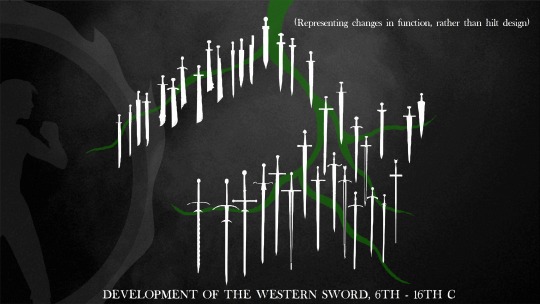
We have limited documentation of European martial arts, so the bulk of the historical swordsmanship revival focuses on the 14th to 19th centuries. It is especially strong around the German and Italian schools of medieval swordsmanship, since that’s where most of the martial arts records have survived. There are also strong traditions from the Spanish, French, English and Scottish schools that grew during the Renaissance. These later evolved into classical fencing, and then modern fencing as we know it today. With these meanings of swordsmanship in mind, the first thing is to do some internet research and find out what is near you. Also, you’ll need to find a person or at the very least a tool to practice with!
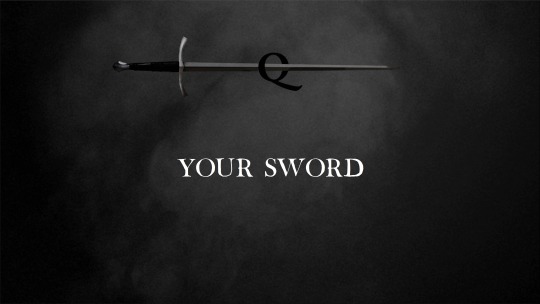
You need tools to be able to train. Your sword or sword-like object should have a blunted end and any sharp burrs or splinters should be sanded off with sandpaper or rasp. These are some wooden wasters that I’ve used in the past. I now work with a unique wooden sword, designed specially for my needs. If your sword is far too heavy, it will teach you bad habits, and is potentially dangerous for anyone that you’re training with. Historically, most swords weighed between 1-3 pounds or, a kilogram. They were sophisticated, agile, and streamlined for fighting. To study historical fencing, you’ll want an agile tool that is going to give you the best response. However if you want to fight in armored battles, the weapons you’ll use will be limited by the rules of the combat sport that you do. In combat sports, a weapon’s function always changes so that it’s safer and less lethal. Blades will be thick and rounded, suitable for cuts instead of thrusts.
For Historical European and Western Martial arts, most clubs train with wooden or nylon wasters before graduating to steel longswords, sabers and arming swords. However, rapier and side-sword students tend to go straight into using steel. You can find a range of gear at any of these shops online, through Ebay and on Amazon. It’s best to read reviews before purchasing anything.
For higher-intensity combat styles such as Heavy Medieval Battle, the International Medieval Combat Federation, and the Armored Combat League, you want to get gear that can take some punishment. Most of this equipment comes from individual blacksmiths working with clubs, so it’s best to ask around for good suppliers. However if you’re based in the US, you can get good gear at IceFalcon Armoury, or through the Facebook group, Cat’s Discount Armor Emporium.
Common sense checkpoint!
Fantasy weapons and collectibles are not made for training. Whilst having some kind of sword is better than no sword at all, just remember the steel and balance on a collectible isn’t going to be the same as a real weapon, so if you use it to hit something the metal will chip, bend or shatter. There are many suppliers out there making great equipment. There’s really no excuse to practice with a wall-hanger if you’re serious about swordsmanship.
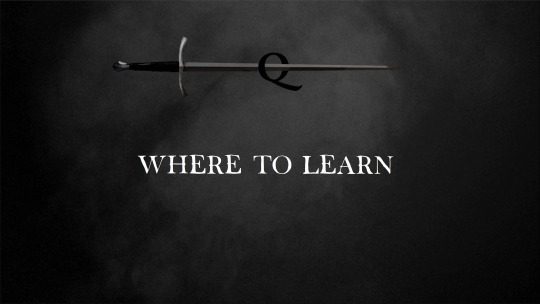
If you want to learn historical European swordsmanship, there is a wealth of education available. The best resource we have is theWiktenauer, a wiki with a huge collection of source material. Books, DVDs and online channels like Youtube will also give you a strong base for learning at home, if you’re too far to travel to a reputable school. You can use the HEMA Alliance Club Finder to connect with groups near you. A lot of groups aren’t even listed there, but it’s still a great place to start. You can also start your own study group for your region. When you’re researching historical manuscripts, there is a lot to learn. There are many forums and social media groups who can help you make sense of them. Forums also help you meet instructors to answer specific questions and help you grow. Also, go to events! They often have workshops, and it’s great to just turn up and meet the community, even if you’re not training yet.
If you are looking to get started without making a financial investment, all you need is a sword or sword like object and a pell (or pole) to strike. Striking the pell is a medieval training exercise that will teach you targeting and coordination needed to work with weapons.
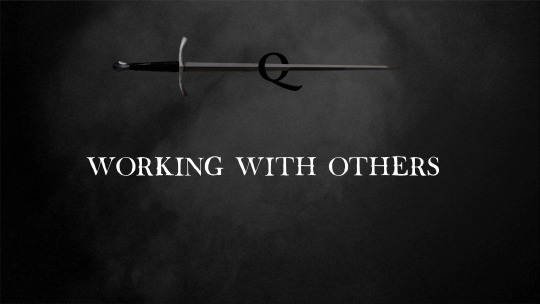
Sword fighting is dangerous when people are dangerous. Building precision and trust with your partner is the way to develop as a martial artist. Realistically, most people starting to sword-fight just want to play and have fun. So how can you have fun and still stay safe?
1) You could find an instructor who can teach you the risks and keep you in line 2) You can use equipment that is built for play-fighting, such as foam LARP swords, rubber swords or other soft simulators. There are some lovely simulators on the market now that are very nice to work with and really well balanced. 3) You can practice and master your coordination with a sword, use a lot of control, and work with someone you trust. Hey, that’s fun, right?
To stay truly safe you need to be on the same page as your partner, no matter how much safety equipment you wear. If one of you is Jack Sparrow and the other is out to win Longpoint, then there’s going to be a problem. Remember, sword fighting is dangerous when people are dangerous. If you’re training (or even just playing around) with a partner I strongly recommend wearing safety glasses, or even sports sunglasses that wrap over your eyes. There are lots of different goggles built for extreme sports. You don’t have to go buy expensive goggles, but safety glasses are a cheap way to look after yourself. I keep several pairs with my gear at all times. As soon as you can afford a medieval helmet or fencing mask, I urge you to buy one as they’ll really help protect you during your training. You will want some protection for the back of the head, such as this leather mask overlay from SPES Historical Fencing Gear. I have more advice about simple safety gear when you’re on a budget on my ‘Sword Combat FAQs’ page. You can also check out the Facebook group, ‘HEMA Hacks’ for useful gear-crafting ideas! As you become more involved with sword training, you’ll want to get better equipment, especially when it’s time to join a group.
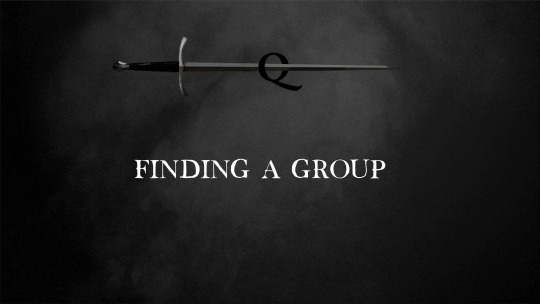
Sword groups come in all shapes and sizes, and we use a lot of different names to describe what we do. There’s no 'one right way for everyone’ when you start learning to use weapons, and each style will have a different approach or rule set based on the comfort level of the participants. Instead of stressing about starting with the very best group, it’s more important that you keep looking for better instructors and competitors as you go, even if it means changing groups eventually. Be aware that within the martial arts community different forms are judged very harshly, based on whether people think that they’re valid- and I’m not only talking about medieval sword sports.
There simply isn’t a one-size fits all solution when you’re learning to become a martial artist, and what feels good and engaging to one person may feel threatening and uncomfortable to another.
It can be confusing, but just getting started and trying different things really is the best way to learn your way around. Once you know the type of sword fighting you want to do, and what groups offer it, you can start trying them out to find a good fit for you. Qualities you should look for in a group are: Open, positive attitudes to training and other groups, Committed members who come for weekly sessions or at least fortnightly, and regular sparring. Now, if the group are purely for scholarship, there should still be some form of practical testing of what you find. Another thing to look for in a good group is if they encourage members to cross-train for their own growth.
If a group restricts or actively discourages members from meeting with others, then there is something very weird going on. Every new physical experience helps a fighter grow, so it’s good to encourage cross-training at every opportunity, especially if it’s out of your comfort zone. Just remember cross-training should be a supplement to the main thing that you want to learn. If a group are afraid to spar or fight, ”in case someone gets hurt" then it’s probably a sign that the instructors aren’t confident in the techniques they are teaching or their ability to control their environment Physical safety is very important, but it also needs to be balanced with actual practice. That’s the only way to improve! Swordsmanship is a wonderful art, one that you will never stop learning. Welcome to the journey.
Want more great sword content? Here are some places to start.

You can also follow me on my social media channels where I share news and interesting things from around the wide world of swordsmanship. The swords depicted in the background of this video are from the makers Albion. You can check out their range of museum replica swords at Albion swords dot com. These, and other images were Royalty-free through Content Samurai, or I’ve credited their sources wherever possible. Thanks for watching!
Here’s video 2/3 for the Kingsmen!
The Kingsmen are my faction in Weekend Warrior- an experiential live action event that will be filmed, documentary style, and challenge you in a new form of medieval-style outdoor adventure.
I’m joining forces with Skip Lipman and Ron Newcomb of the Forge Studios- they’re well known for the series, ‘The Rangers’, and also Zan Campbell of Fell and Fair, and together we’re creating this event.
For more, check out our Weekend Warrior Kickstarter, which has a few days to go!
CREDITS
CAST:
Alexandre Lemay
Camil Benoit
Émilie Vallée-Manseau
Gabrielle 'Biquette’ Bergeron
Genovefa Clerica
Jérémie Hrycak Leclaire
MarcC.
Peter de Bracebrigde
Samantha Swords
CREW:
Director of Photography/Editor: Simon Gilberg
Director/Producer//Production Management: Samantha Swords
Production Assistant: Ariane Lafrenière
On Set Photography: Bruno Gallant
On Set Photography Assistant: France Benoit
Props Department: Peter de BracebrigdeandGenovefa Clerica
Featured Props: Samantha Swords
Featured Costume: Genovefa Clerica
Storyboards: Samantha Swords
Drumming:Peter de Bracebrigde
Vocals: Samantha Swords
THANKS TO:
Conner Morgan
Ben Cummings
The Forge Studios
Fell & Fair
L'Auberge de Dragon Rouge
La Ville de Montréal
Ville de Québec
Hostel International Québec
VIA Rail
Marie Brisbois
Calimacil
Marie Bellerose of L'Atelier des Cache-Mis
Le Dogue du Montréal
La Baronnie de l'Île du Dragon Dormant
Charles of Syn Studio
Gaffer Tape
Zoe
ADDITIONAL THANKS:
Jason VandenBerghe
Lisa VandenBerge
Jaydee Ruiz
WEEKEND WARRIOR-
I’m teaming up with The Forge StudiosandFell & Fair to bring you an amazing, immersive cinematic event, where *you* join the ranks of fellow heroes and become part of the story!
The Kickstarter is coming this week, but to find out more you can check out:
www.weekendwarrior.world
Ilaria and Kachine, commissioned by Josh and Anna. These characters’ story is set in Constantinople. Kachine is up to no good and Illaria kindly lends her her sword. We’ll have to find out how their story unfolds!
A really cool artwork by Stef Tastan, an artist who painted me for another project when I recently modelled at Syn Studio in Montreal.
CHECK OUT THE AWESOME! This could easily a be part of Thousand and One Knights Anthology.
Post link

